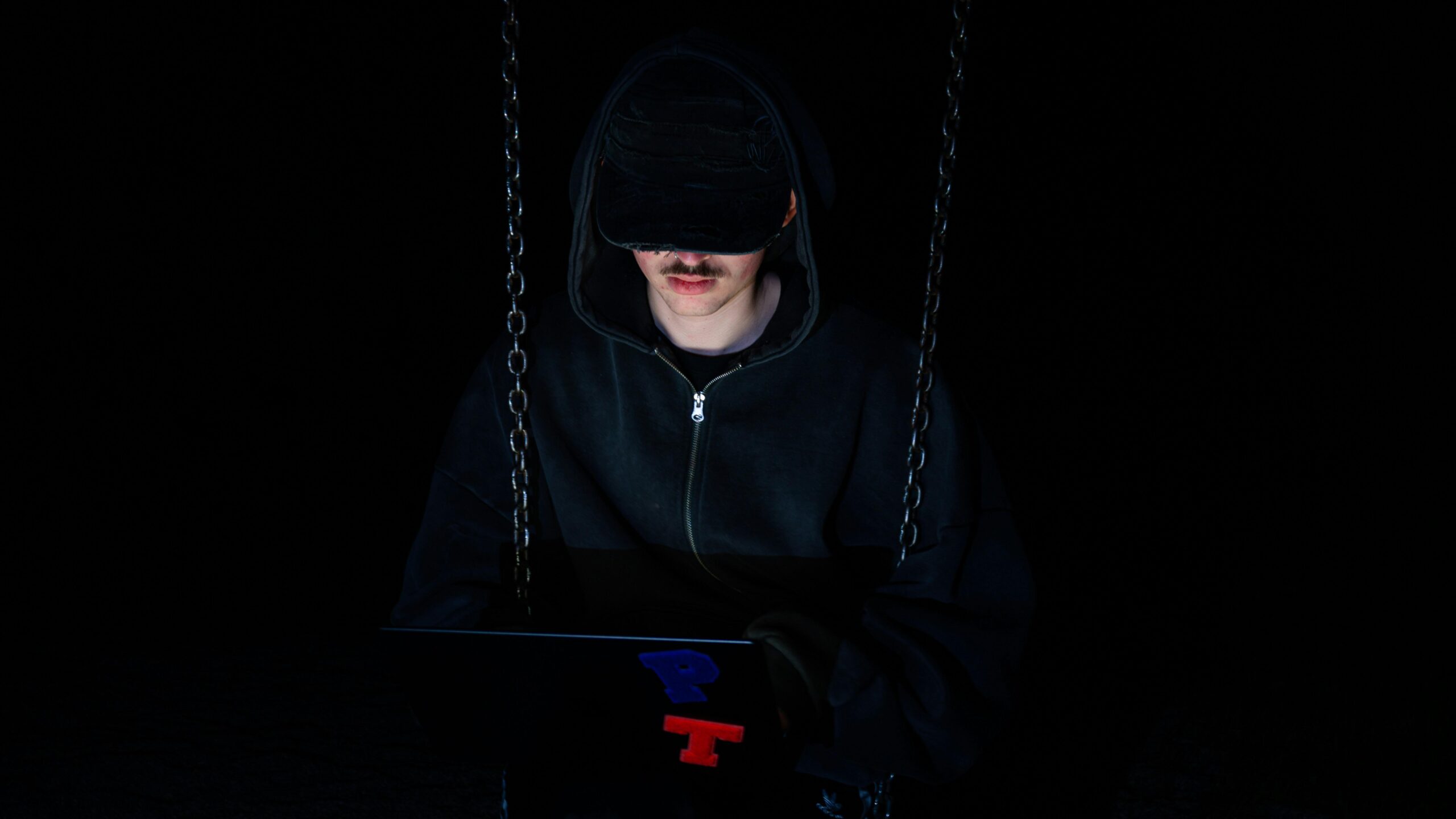When we think about domestic violence, the immediate image that often comes to mind is the direct conflict between adults. But what about the little ones caught in the middle? How exactly does living in an environment where violence occurs shape a child’s experiences, emotions, and future? It’s a tough question, but understanding it is crucial. Delving into how domestic violence impacts children’s lives reveals not only the visible scars but also the hidden wounds that influence their development in profound ways. Let’s explore this important topic with a curious mind and open heart.
Table of Contents
- The Hidden Emotional Scars Children Carry Beyond the Violence
- Understanding Behavioral Changes and Academic Struggles at School
- How Witnessing Domestic Violence Shapes Future Relationships
- Practical Steps to Support and Protect Children in Troubled Homes
- In Conclusion
The Hidden Emotional Scars Children Carry Beyond the Violence
The turmoil experienced by children living in homes marked by domestic violence often extends far beyond the physical conflicts they might witness. These young individuals may carry deep, invisible wounds that shape their emotional landscape in profound ways. Feelings of confusion, shame, and isolation can become constant companions, distorting their sense of safety and trust. In many cases, children find themselves trapped in a silent battle, struggling with anxiety, depression, or misplaced guilt. Their ability to express these complex emotions is frequently hindered by fear or a lack of understanding, making it all the more important for guardians and educators to recognize and address these quiet cries for help.
The ripple effects manifest through various subtle but damaging symptoms, such as:
- Difficulty forming healthy relationships due to impaired trust-building.
- Emotional numbness or intense mood swings, reflecting the chaos they witness.
- Academic challenges stemming from concentration and motivation hurdles.
- Hypervigilance and heightened stress responses, mirroring the constant tension in their environment.
Exploring these hidden scars demands a compassionate approach that prioritizes emotional safety and validates the child’s experiences. Understanding their world beyond the violence is the first step towards fostering resilience and breaking the cycle of trauma that often extends into adulthood.
Understanding Behavioral Changes and Academic Struggles at School
Children exposed to domestic violence often display noticeable shifts in behavior that can be puzzling for teachers and peers alike. These changes may manifest as increased aggression, withdrawal, or heightened anxiety, impacting their ability to interact socially and focus within the classroom setting. Disruptions at home force these young minds into survival mode, making them hyper-vigilant or excessively cautious, which in turn affects their participation and responsiveness during lessons. Such behavioral changes are not mere acts of defiance but signals of deeper emotional turmoil.
Academically, the struggle is equally profound. Concentration becomes a formidable challenge when a child’s mind is clouded by fear or uncertainty, leading to missed instructions and incomplete assignments. Their grades might slip, not because of a lack of ability, but due to the invisible weight of their experiences. Educators often observe:
- Sudden decline in academic performance
- Difficulty completing homework or projects
- Frequent absences or tardiness
- Reluctance to engage in class discussions
Understanding these patterns is crucial to offering support that acknowledges the child’s unique challenges rather than merely addressing surface-level issues.
How Witnessing Domestic Violence Shapes Future Relationships
Children who grow up in homes where violence is prevalent often carry heavy emotional scars into adulthood that shape how they see and engage in relationships. These early experiences can distort their understanding of love and trust, causing them to either mimic abusive behaviors or develop deep fears around intimacy. It’s not uncommon for them to struggle with setting boundaries or to feel compelled to please others at their own expense. The vicious cycle of violence can perpetuate unless their childhood wounds are consciously addressed and healed.
Some of the lasting impacts include:
- Difficulty recognizing healthy relationship dynamics: Without positive role models, it’s challenging to identify what respect and care genuinely look like.
- Heightened sensitivity to conflict: Even small disagreements can trigger overwhelming anxiety or defensive behaviors rooted in past trauma.
- Struggles with emotional regulation: Managing feelings like anger, sadness, or fear becomes complicated when those emotions were once linked to unsafe environments.
- Repetition of abusive patterns: Sadly, many children unintentionally replicate the violence they observed, believing it to be normal or unavoidable.
Practical Steps to Support and Protect Children in Troubled Homes
When addressing the complex needs of children living amidst domestic violence, creating a sanctuary of stability and trust is paramount. Active listening becomes a powerful tool—giving children space to express their feelings without judgment can foster emotional resilience. Encouraging open dialogue within safe environments like schools or community centers provides essential outlets for children to process their experiences. Additionally, connecting families with professional counseling services and support groups can introduce coping strategies and pathways toward healing.
Practical interventions extend beyond emotional support. Caregivers and community members can implement tangible measures such as:
- Establishing consistent daily routines to impart a sense of security
- Teaching children age-appropriate safety plans in case of emergencies
- Advocating for child protection services when warranted to ensure their immediate safety
- Promoting educational engagement to empower children through knowledge and stability
By weaving these approaches together, we not only shield young lives from further harm but also nurture the strength needed to break the cycle of violence.
In Conclusion
As we’ve explored, the shadow of domestic violence stretches far beyond the immediate household, deeply affecting children’s emotional well-being, behavior, and even their future relationships. It’s a complex issue that invites us to ask more questions—how can communities better support these kids? What early interventions truly make a difference? By staying curious and compassionate, we can continue to uncover ways to break the cycle and help children find safety, healing, and hope amidst such challenges. If this topic resonates with you, keep exploring, sharing, and advocating—because every child deserves a chance to thrive.












